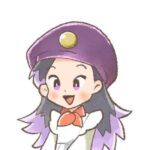
どんど焼きという行事があります。
1月15日は、小正月といわれることがあります。
この日をもって、正月を終わりにする風習があります。
1月15日には、「どんど焼き」が行われます。
どんど焼きというのは、しめ縄や門松などの正月飾り、お正月に書いた書き初め、前の年に神社でもらったお守りなどを、神社や地域の広場などで燃やす地域の行事です。
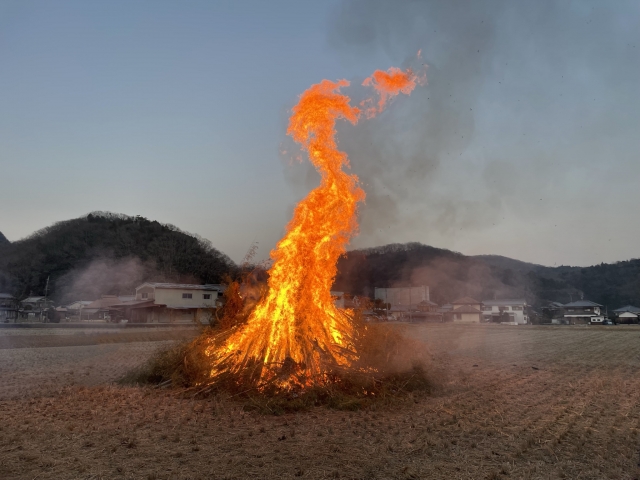
しめ縄などを目印にして、家に来てくださった年神様を、正月飾りを燃やして、その煙とともに見送るという意味があります。
しめ縄などの縁起物を燃やして、商売繁盛、家内安全、無病息災、豊作などを願います。
どんど焼きは、地域によって、名前が違います。
左義長、とんど焼き、どんどん焼き、お焚き上げ、焼納祭、鬼火焚きなどと呼ばれることもあります。
地域によっては、15日以外の日に行われることもあります。
どんど焼きの火で、お餅などを焼いて食べるところもあります。
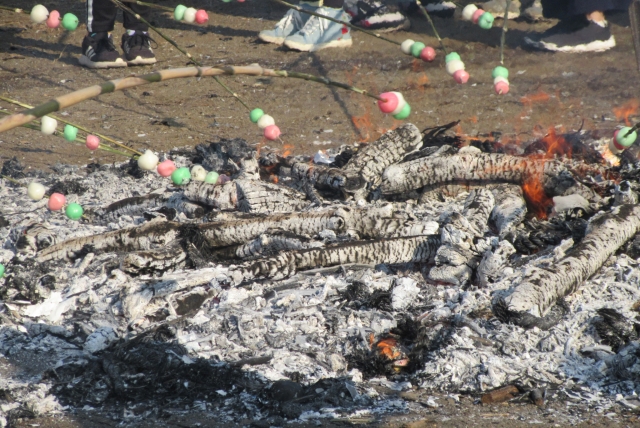
日本の正月に関係する言葉も読んでください。
おせち料理 Osechi dishesにすすむ(このブログにあるページ)
餅つき Rice cake poundingにすすむ(このブログにあるページ)
しめ縄 Sacred ropeにすすむ(このブログにあるページ)
大晦日 New Year’s Eveにすすむ(このブログにあるページ)
元日 New Year’s Dayにすすむ(このブログにあるページ)
Dondo-yaki
January 15th is sometimes called Little New Year.
There is a custom to end the New Year on this day.
”Dondo-yaki” will be held on January 15th.
Dondo-yaki is a local event in which New Year’s decorations such as shimenawa (sacred rope) and kadomatsu, kakizome written on New Year’s Day, and amulets received at shrines the previous year are burned at shrines and community plazas.
It has the meaning of seeing off the New Year’s gods who has come to our house with a shimenawa (sacred rope) as a landmark, along with the smoke of the burning New Year’s decorations.
We burn lucky charms such as shimenawa (sacred rope) to pray for prosperous business, family safety, good health, and a good harvest.
“Dondo-yaki” has different names depending on the region.
It is also called Sagicho, Tondo-yaki, Dondon-yaki, Burning, Burning Festival, Onibi-taki, etc.
Depending on the region, it may be held on a day other than the 15th.
There are places where you can eat rice cakes grilled over a dondo-yaki fire.
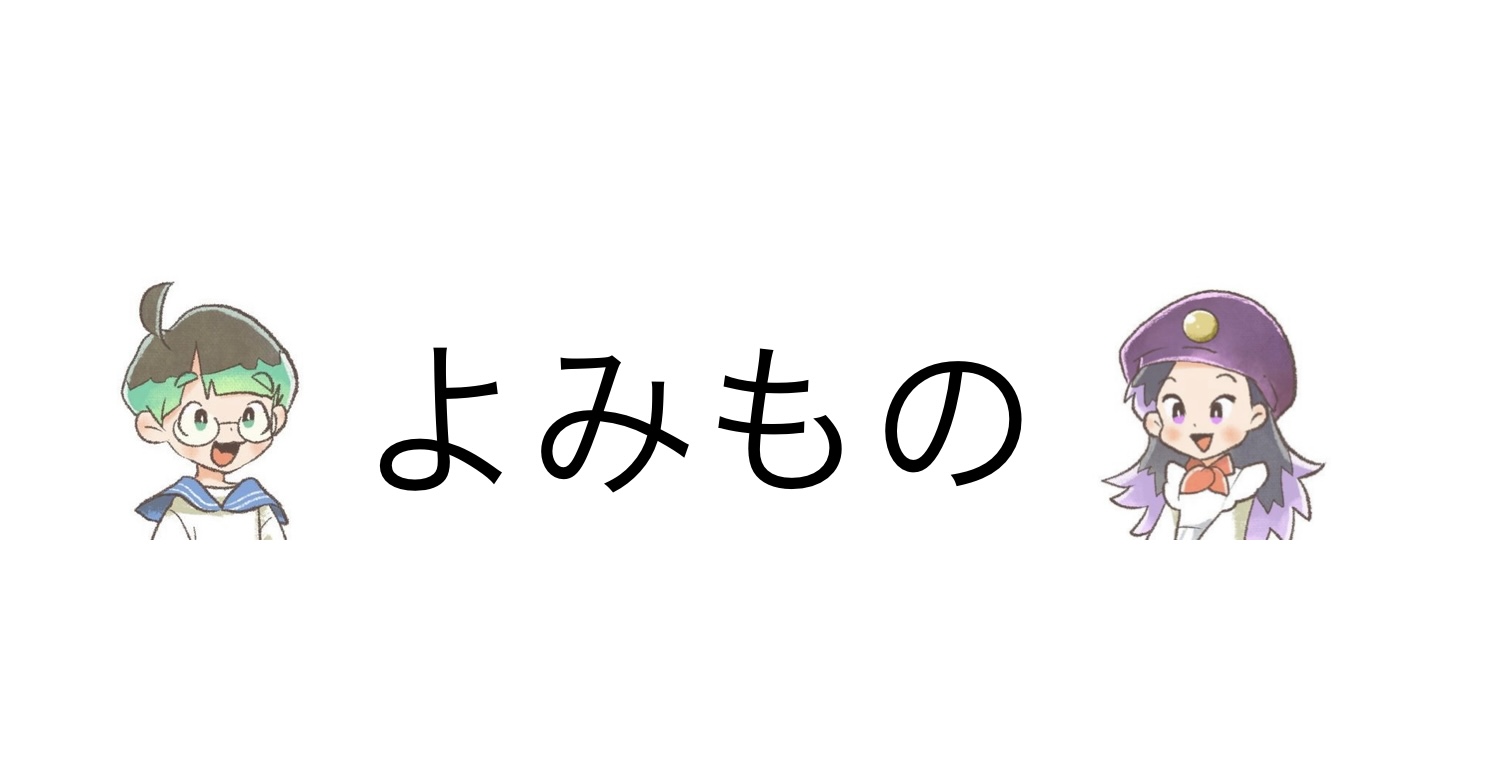
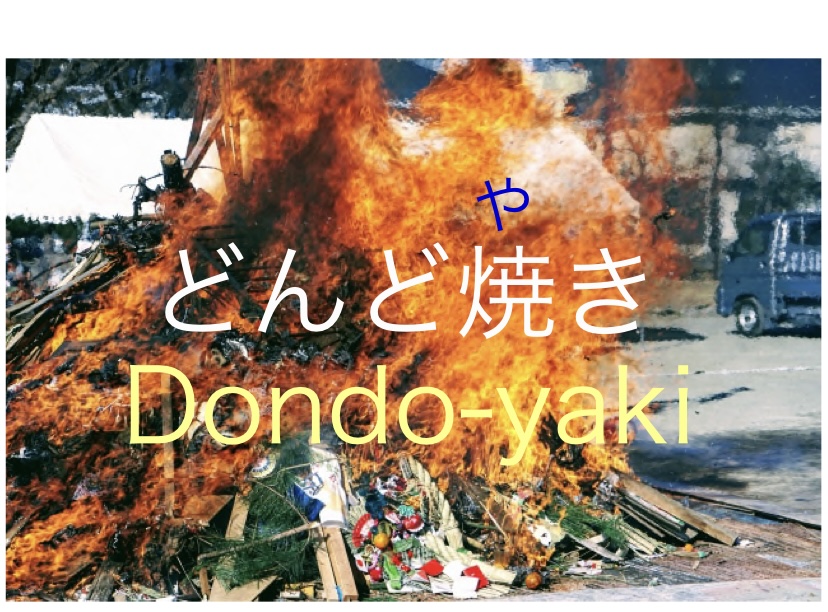


コメント